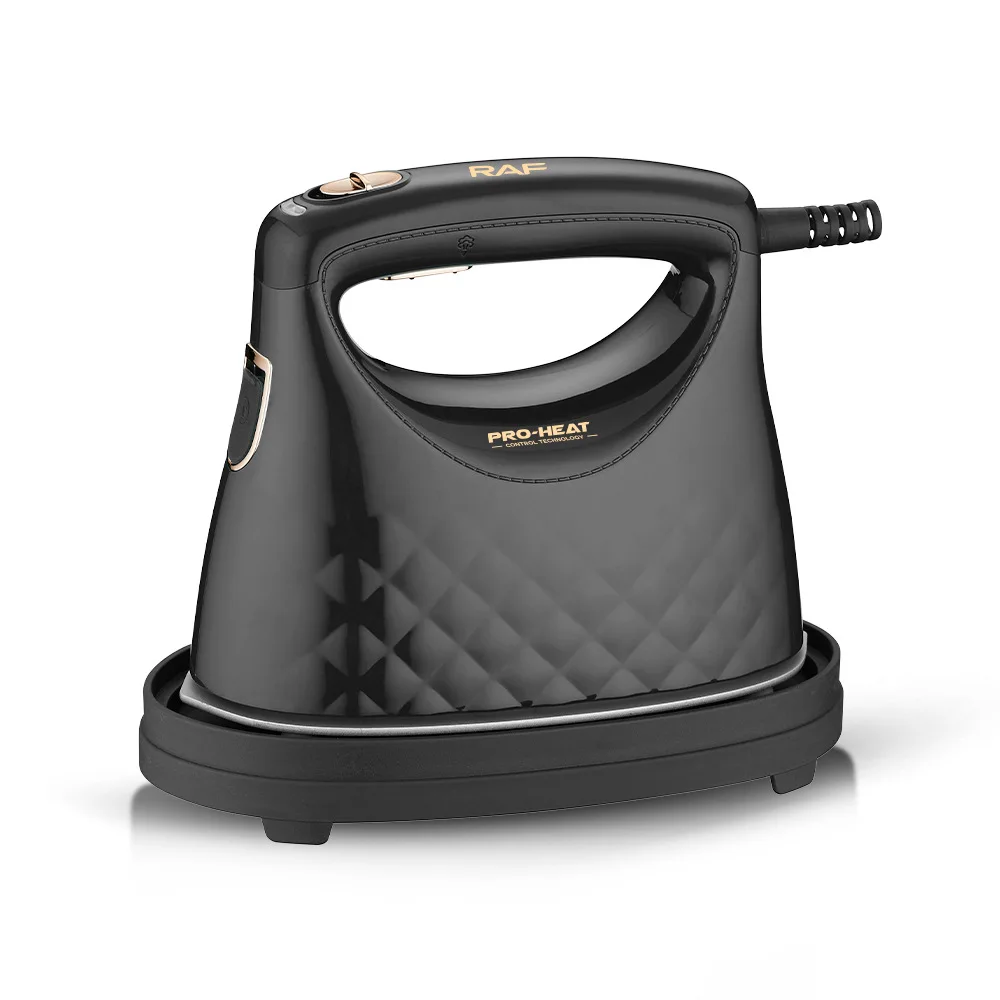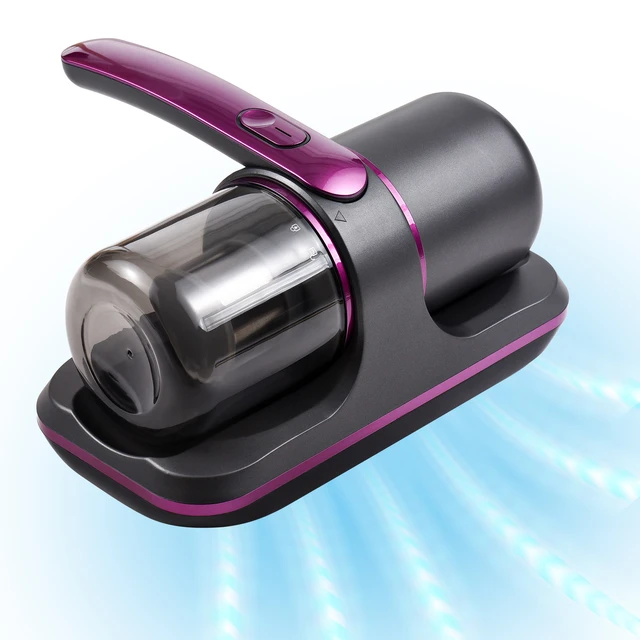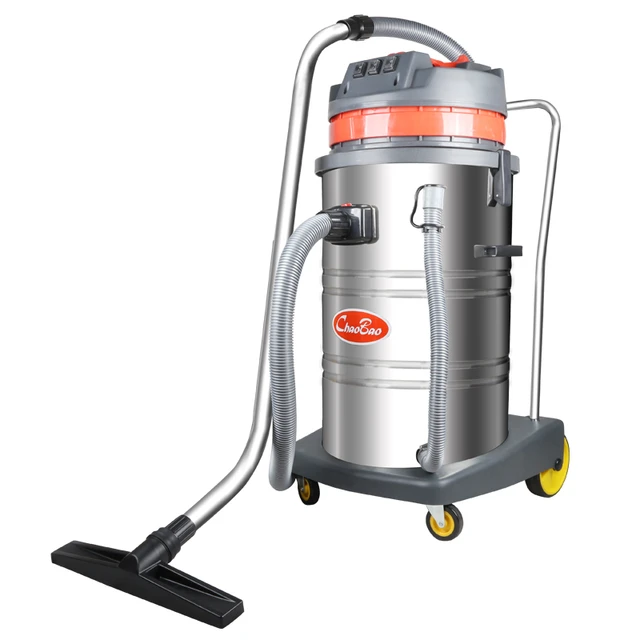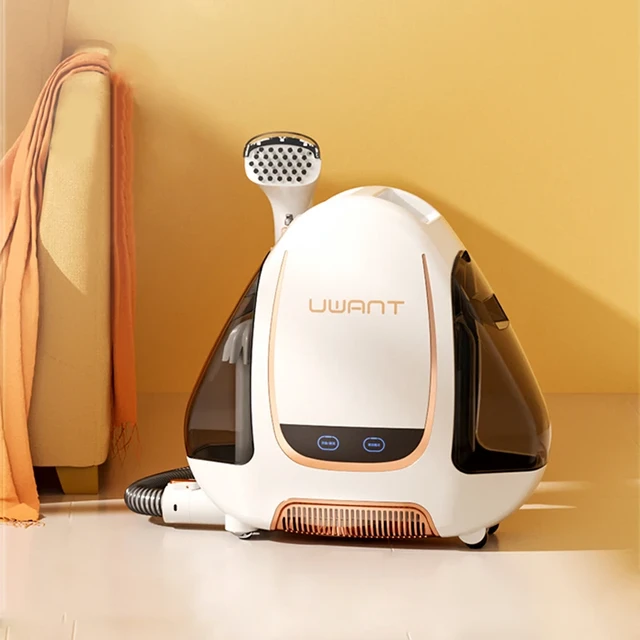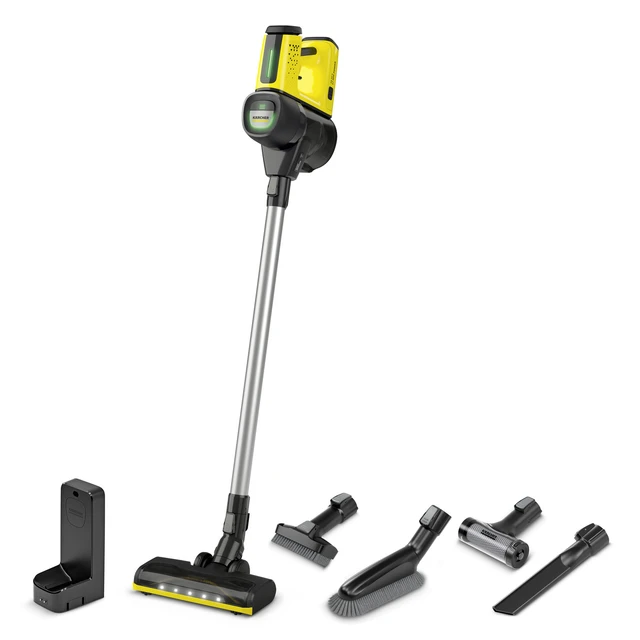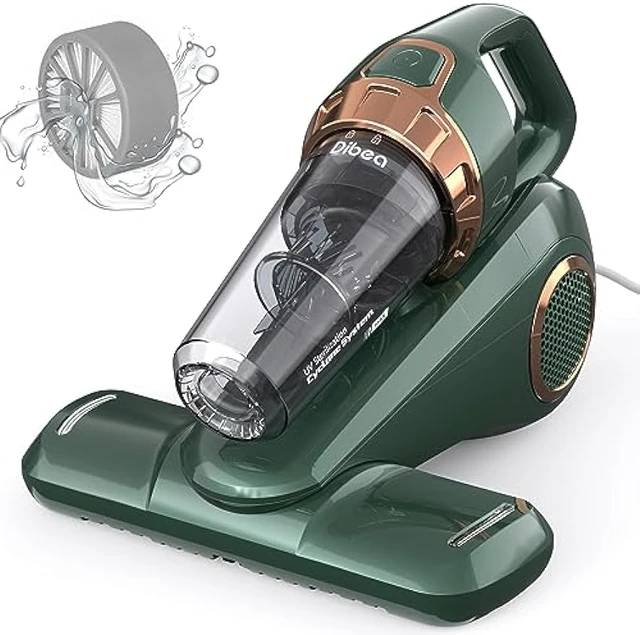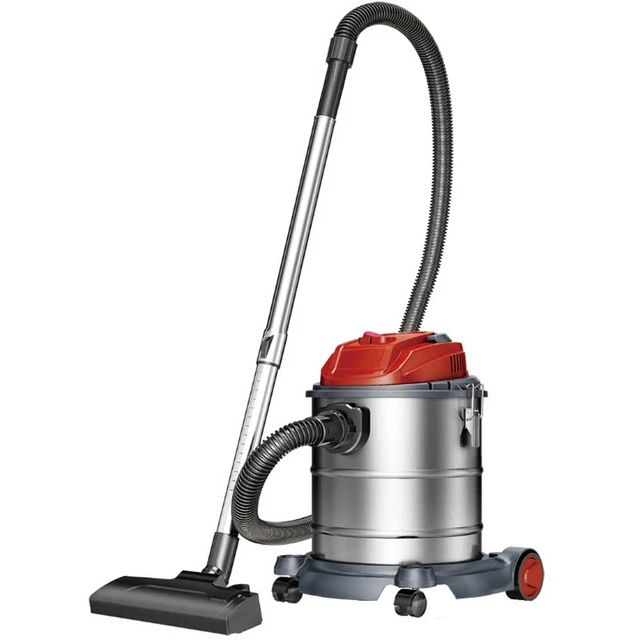Introduction
Discovering wrinkles on your shirt can be a frustrating experience, especially when you’re short on time. Fortunately, there are several fast and effective methods to unwrinkle your shirt and have it looking crisp and presentable. In this guide, we will explore various techniques about how to unwrinkle clothes fast, which you will know how to quickly unwrinkle a shirt, ensuring you look your best in no time.
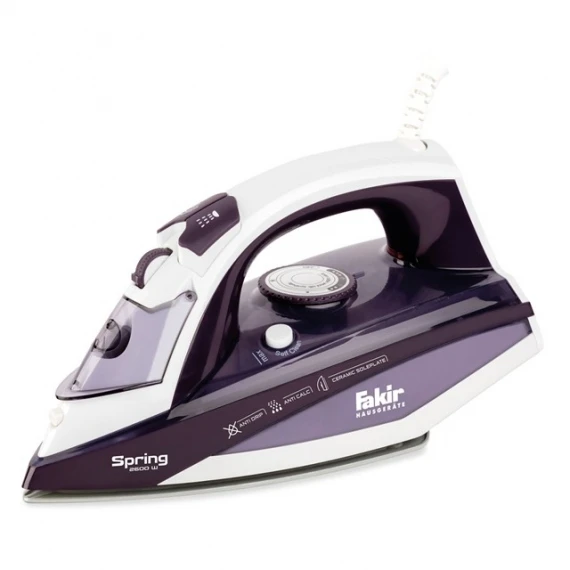
Understanding the Causes of Wrinkles
Why Wrinkles Form
Wrinkles form due to various factors. Fabrics react to pressure and tension, creating creases over time. When clothing is crammed into closets or drawers, stress builds up. Additionally, when shirts are washed and dried, they tend to ball up. This friction contributes to increased wrinkling. Thus, it’s important to understand the reasons behind these pesky creases.
The Impact of Fabric Types
Different fabrics react to wrinkling in unique ways. Natural fibers like cotton and linen are more prone to wrinkles. Synthetic fabrics, on the other hand, tend to resist wrinkles better. However, that doesn’t mean these materials are wrinkle-proof. Even polyester can develop unsightly creases after heavy use. Wrinkle-resistant materials offer some advantages, but even they need care. Knowing which materials wrinkle more can aid in prevention.
How can I Unwrinkle shirt fast?
Following the methods of how to unwrinkle a shirt fast:
Method 1: Steam it Out
Using steam is a highly effective way to relax fabric fibers and eliminate wrinkles. Here are a few methods to quickly create steam:
1.1. Hot Shower Method Hang your shirt near the bathroom while taking a hot shower. The steam created in the enclosed space will help loosen the wrinkles. After your shower, gently smooth out the fabric with your hands or shake the garment to help release any remaining wrinkles.
1.2. Kettle or Pot Method Boil water in a kettle or pot and carefully hold your shirt over the steam. Be cautious not to get too close to the hot water or let it touch the fabric directly. Allow the steam to penetrate the fabric, and then use your hands to gently smooth out the wrinkles.
1.3. Steamer Investing in a handheld steamer can provide a convenient and efficient way to remove wrinkles. Fill the steamer with water according to the manufacturer’s instructions and hold it a few inches away from the fabric. Move the steamer slowly across the shirt, allowing the steam to penetrate and relax the wrinkles. Gently tug on the fabric to help further smooth out the wrinkles.
Method 2: Damp Towel Method
Utilizing a damp towel can create steam and help relax fabric fibers to remove wrinkles. Here’s how to do it:
2.1. Dampen the Towel Dampen a clean towel with water. Wring it out to remove any excess moisture, ensuring it is damp but not soaking wet.
2.2. Place the Towel Lay the damp towel on a flat surface, such as a table or countertop, and smooth out any wrinkles on the towel itself.
2.3. Lay the Shirt Place your wrinkled shirt on top of the damp towel, aligning it with the towel’s surface.
2.4. Smooth and Roll Starting from one end, gently smooth out the fabric of your shirt with your hands, removing any visible wrinkles. Once smooth, roll the shirt and the towel together, creating a cylinder-like shape.
2.5. Let it Sit Allow the rolled shirt to sit for at least 10-15 minutes. The moisture from the damp towel will help create steam and relax the fabric, reducing the wrinkles.
2.6. Unroll and Shake After the waiting period, carefully unroll the shirt from the towel. Give it a gentle shake to further loosen the wrinkles. If needed, use your hands to smooth out any remaining wrinkles.
Method 3: Blow-Dryer Technique
Using a blow-dryer can provide a quick solution to unwrinkle your shirt. Here’s how to use this method effectively:
3.1. Dampen the Shirt Lightly mist the wrinkled areas of your shirt with water using a spray bottle. The moisture will help relax the fabric and make it more pliable.
3.2. Set the Blow-Dryer Set your blow-dryer to medium heat and choose the “warm” or “low” setting to avoid damaging the fabric with excessive heat.
3.3. Blow-Dry the Shirt Hold the blow-dryer a few inches away from the fabric and move it back and forth over the wrinkled areas. Gently tug on the fabric while blow-drying to help smooth out the wrinkles. Be cautious not to hold the blow-dryer too close or concentrate the heat on one spot for too long to prevent overheating.
Method 4: Steam in the Bathroom
This method utilizes steam generated by a hot shower to remove wrinkles from your shirt quickly:
4.1. Hang the Shirt Hang your shirt in the bathroom while you take a hot shower. The steam generated in the enclosed space will help relax the fabric and release the wrinkles.
4.2. Shake and Smooth After your shower, gently shake your shirt and smooth out the fabric with your hands. This will help further release the wrinkles.
Method 5: Use Your Hands to Smooth Out Wrinkles
Sometimes, manually smoothing out wrinkles with your hands can be a quick solution. Here’s how to do it:
5.1. Mist the Shirt Lightly mist the wrinkled areas of your shirt with water using a spray bottle. The moisture will make the fabric more pliable and easier to work with.
5.2. Gently Stretch and Smooth Hold the shirt taut and gently stretch and pull the fabric in different directions. Smooth out the wrinkles using your hands, focusing on one area at a time. Repeat this process until the wrinkles are minimized or eliminated.
Preventing Wrinkles for the Future
Proper Washing Techniques
Avoiding wrinkles in the first place is often possible through proper washing practices. Always follow the care label instructions for your shirt. Use cold water to prevent shrinking and wrinkling. When drying, use a low heat setting to minimize fabric stress. Alternatively, air-drying can also reduce wrinkle occurrence. This keeps your shirt looking fresh for longer.
Hanging After Laundry
Once your laundry is done, hang your shirts promptly. Hanging clothes helps gravity to pull out wrinkles naturally. If you don’t have time to iron, simply hang your shirt on a hanger. Leaving it hanging for a while can help reduce creases without any extra effort. Make sure to use sturdy hangers that offer support.
Storing Clothes Correctly
The way you store your shirts can impact wrinkling too. Opt for hanging rather than folding whenever possible. Store tightly packed shirts more loosely if you can. Avoid overstuffing drawers and closets, as this can cause pressure on the fabric. This mindful approach can help maintain the integrity of your clothing.
Cleaning Your Shirt
Follow Care Instructions
Always read and follow care instructions on your clothing labels. Mismanagement can lead to irreversible damage. Washing your shirt at the right temperature can aid in maintaining its structure. And remember, proper drying is equally important. Be cautious when using dryers, as they can cause further wrinkles.
Avoid Overdrying
Overdrying your shirts can contribute to wrinkles. Ensure you remove them promptly from the dryer. Allow your shirts to air dry when possible. If using fabric softeners, make sure they are suitable for your shirt’s fabric. This practice can help keep your clothes looking fresh and smooth.
When to Seek Professional Help
Knowing When to Iron
In certain situations, it’s best to seek professional help. If a shirt is heavily wrinkled or made of delicate material, consider dry cleaning. Sometimes, an expert can restore the garment better than at-home methods. This ensures beams of cleanliness that your shirt deserves. It’s good to know your limits, especially for investment pieces.
Assessing Fabric Care Labels
Always read the care labels before attempting to unwind wrinkles. Each fabric type has its own set of instructions. If the label says “dry clean only,” stick to professional services. Ignoring care instructions can lead to damage or discoloration. It’s crucial to respect your clothing to maintain its longevity.
Scheduling Time for Repairs
Sometimes shirts may require more than unwrinkling. Assess for any minor tears or buttons that need replacement. Creating a habit of looking after your wardrobe can save you hassle down the road. Make a note to schedule repairs as necessary. This proactive approach will keep your favorite shirts looking good for longer.
Conclusion
Discovering wrinkles on your shirt doesn’t have to be a cause for panic or a reason to be late. With these quick and effective methods, you can unwrinkle your shirt in no time. Whether using steam from a hot shower, a kettle, or a steamer, or utilizing techniques such as the damp towel method, blow-drying, or manually smoothing out wrinkles with your hands, you have various options to quickly restore the crisp and presentable appearance of your shirt. Experiment with these techniques to find the method that works best for you and ensure you always look your best, even when time is of the essence.


